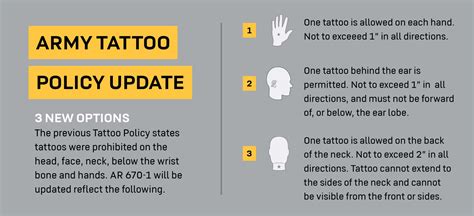What Eats Sea Grass? Ocean Grazers Revealed!

Sea grass beds are bustling ecosystems, often referred to as the "prairies of the sea." But have you ever wondered what creatures rely on these underwater meadows for survival? From tiny invertebrates to large marine mammals, a variety of species depend on sea grass as a primary food source. Understanding these ocean grazers not only highlights the importance of sea grass but also sheds light on the intricate balance of marine ecosystems. Whether you're a marine enthusiast or just curious about ocean life, this blog will dive into the fascinating world of sea grass consumers.
Who Are the Primary Sea Grass Eaters?

Sea grass serves as a vital food source for numerous marine animals. Here are some of the primary grazers:
- Green Sea Turtles: These gentle giants are among the most well-known sea grass consumers. They play a crucial role in maintaining the health of sea grass beds by preventing overgrowth.
- Dugongs and Manatees: Often called “sea cows,” these large marine mammals graze on sea grass extensively, consuming up to 100 pounds daily.
- Parrotfish: These colorful fish not only eat sea grass but also help in breaking down the grass, which aids in nutrient cycling.
Secondary Consumers and Decomposers

While primary grazers directly consume sea grass, secondary consumers and decomposers play equally important roles in the ecosystem:
- Invertebrates: Small creatures like crabs, shrimp, and sea urchins feed on sea grass, contributing to its decomposition.
- Microorganisms: Bacteria and fungi break down dead sea grass, returning essential nutrients to the water and sediment.
The Role of Sea Grass in Marine Ecosystems

Sea grass beds are not just feeding grounds; they are critical habitats that support biodiversity. They provide shelter for juvenile fish, stabilize sediments, and act as carbon sinks. The health of sea grass beds directly impacts the survival of the species that depend on them.
Threats to Sea Grass and Its Consumers

Despite their importance, sea grass beds face numerous threats, including:
- Pollution: Runoff from urban and agricultural areas can smother sea grass with sediment and introduce harmful chemicals.
- Climate Change: Rising sea temperatures and ocean acidification can damage sea grass ecosystems.
- Overfishing: Removing too many grazers can disrupt the balance of sea grass beds, leading to overgrowth or decline.
How Can We Protect Sea Grass and Its Grazers?

Conservation efforts are essential to preserve these vital ecosystems. Here are some actionable steps:
- Reduce Pollution: Implement better waste management practices to minimize runoff into coastal waters.
- Support Marine Protected Areas: Advocate for the creation and enforcement of protected zones where sea grass beds can thrive.
- Educate and Raise Awareness: Spread knowledge about the importance of sea grass and its role in marine ecosystems.
🌊 Note: Protecting sea grass beds is not just about saving plants; it’s about preserving entire marine ecosystems that countless species rely on.
Sea grass ecosystems are a cornerstone of marine life, supporting a diverse array of species from tiny invertebrates to large marine mammals. By understanding who eats sea grass and the threats these ecosystems face, we can take meaningful steps to protect them. Whether through conservation efforts or simply spreading awareness, every action counts in preserving these underwater prairies for future generations.
What is the most important sea grass consumer?
+Green sea turtles are among the most important sea grass consumers, as they help maintain the health of sea grass beds by preventing overgrowth.
How do sea grass beds benefit marine ecosystems?
+Sea grass beds provide habitat for juvenile fish, stabilize sediments, act as carbon sinks, and support biodiversity by serving as a food source for various marine species.
What are the main threats to sea grass ecosystems?
+The main threats include pollution from runoff, climate change, and overfishing, which can disrupt the balance of these ecosystems.



